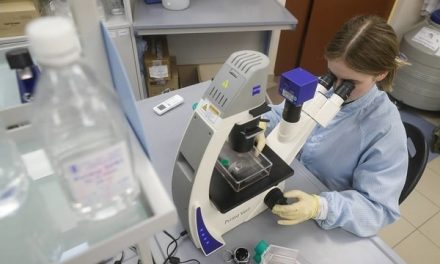NASA’s Mission Lucy, the agency’s first to Jupiter’s Trojan asteroids, launched at 5:34 a.m. EDT Saturday on a United Launch Alliance (ULA) Atlas V rocket from Space Launch Complex 41 at Cape Canaveral Space Force Station in Florida.
The spacecraft, a deep-space robotic archaeologist named Lucy, will seek to answer pressing questions about the origins of the solar system, how the planets migrated to their current orbits, and how life might have emerged on Earth.
Jupiter’s Trojan asteroids are two clusters of ancient space rocks that are leftovers of planetary formation, NASA said. In an Instagram post, the space agency also shared images of the Atlas V rocket, which will take the spacecraft to its destination, after it was rolled out to the launch pad in Florida. NASA is targeting to launch the mission at 0934 GMT (15:04 IST) and will also broadcast the launch live on the NASA website.
The name Lucy has been taken from the 3.2 million years old hominid fossil unearthed in 1974 in Ethiopia that revealed the secrets of human origins. The hope is NASA’s Lucy mission will do something of that sort to the mysterious outer solar system.
Lucy will spend 12 years doing gravitational stunts near Jupiter, will swing by at least six of the Trojan asteroids to take photos and determine their compositions. NASA hopes to unravel information about the formation and evolution of the solar system. It said that Lucy will “revolutionize our knowledge of planetary origins”.
The spacecraft will study the geology, composition, density, and structure of the Trojans, which are small bodies locked in stable points along Jupiter’s orbit of the sun, fixed in their own orbits ahead or behind the massive planet.
What are Trojan asteroids?
- These small bodies are remnants of our early solar system, now trapped in stable orbits associated with — but not close to — the giant planet Jupiter.
- The Trojan asteroids are in two “swarms” that lead and follow Jupiter in its orbit around the Sun and are almost as numerous as the objects in the Main Asteroid Belt.
- These primitive bodies hold vital clues to deciphering the history of the solar system.
- All of the Trojans are thought to be abundant in dark carbon compounds.
- Below an insulating blanket of dust, they are probably rich in water and other volatile substances.











